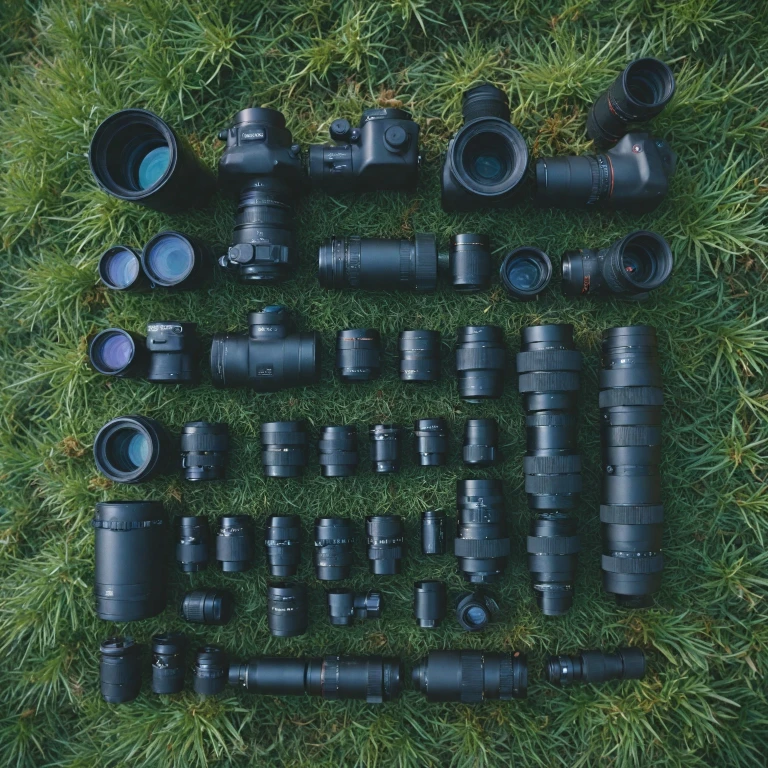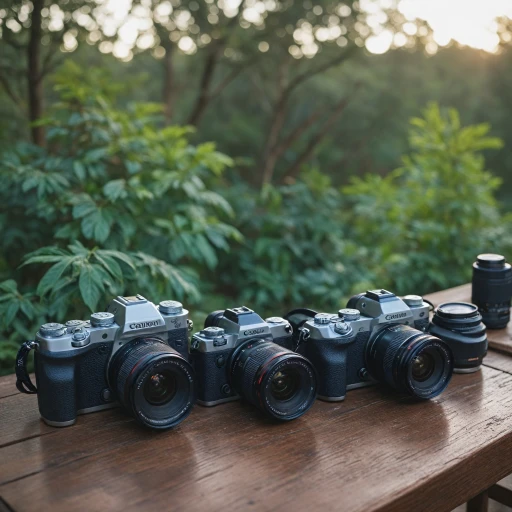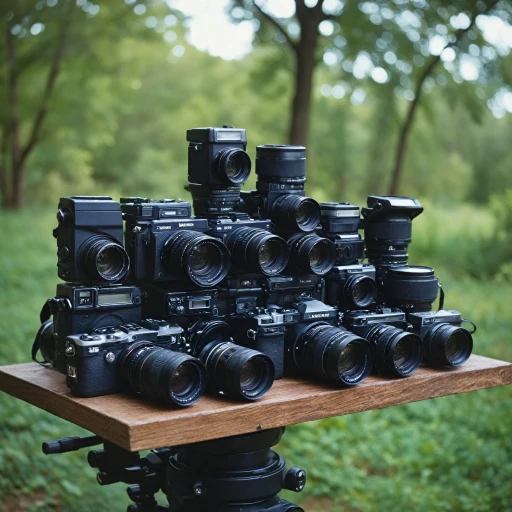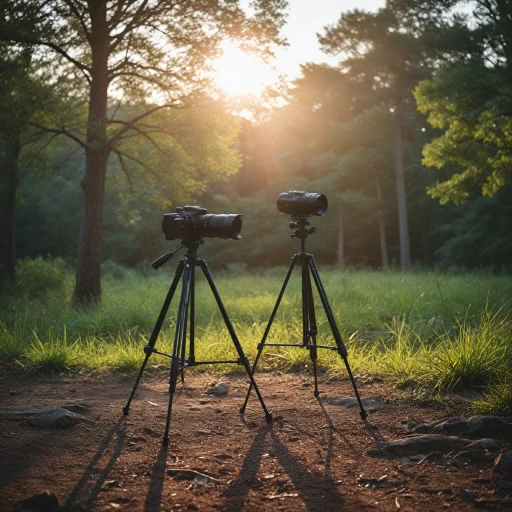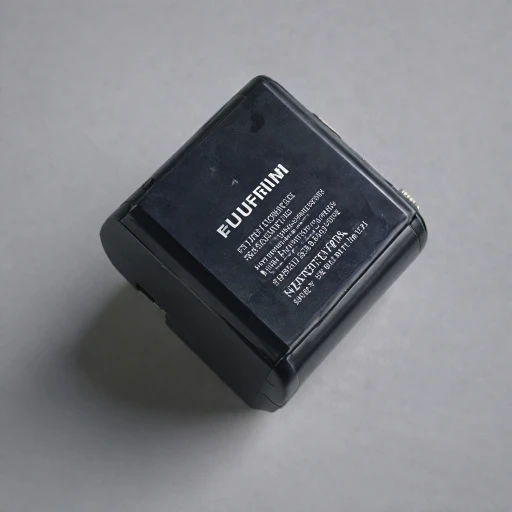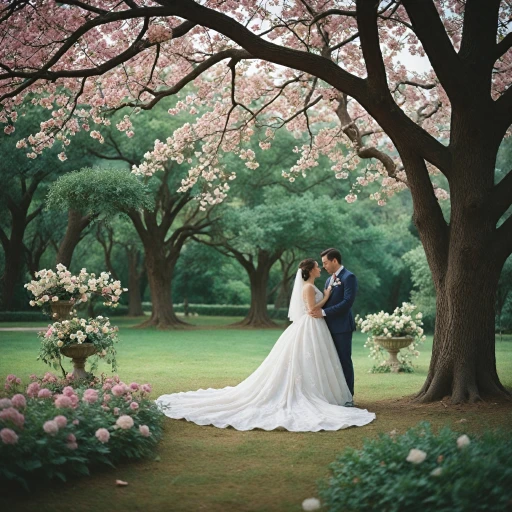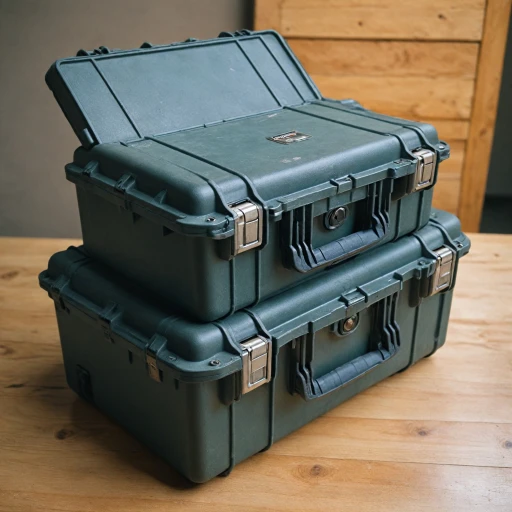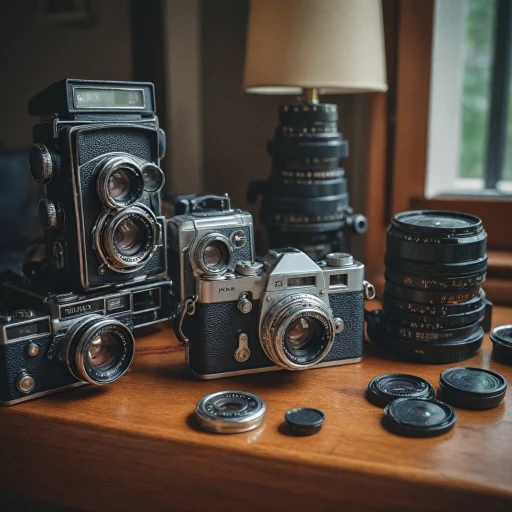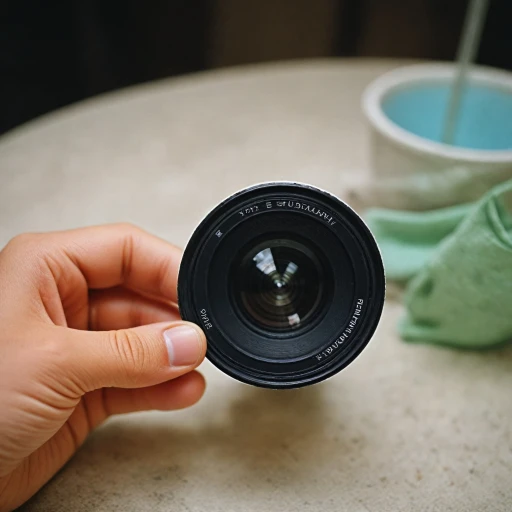
Understanding Spotting Scope Phone Adapters
Spotting Scopes and Smartphone Connectivity
When venturing into the realm of digiscoping, understanding the essential components is the first step. A spotting scope, a critical tool for nature lovers and wildlife observers, offers unparalleled opportunities to capture incredible outdoor visuals. However, capturing these breathtaking views on your cell phone requires a reliable adapter.Defining a Phone Adapter for your Scope
A phone adapter, often referred to as a camera adapter or digiscope adapter, acts as a bridge between your smartphone and the spotting scope. The primary function of this device is to securely hold your phone, aligning the camera lens with the scope’s eyepiece. This setup is crucial for transforming your phone into a powerful camera capable of capturing distant landscapes or wildlife. With options like the universal phone adapter or the scope adapter, users can find the best fit for their model and needs.The Importance of a Universal Design
Whether you’re using an iPhone pro, a universal cell phone adapter ensures compatibility across different devices. This flexibility is invaluable when switching phones within your family or among friends who are part of your outings. Universal designs save you from buying a new adapter each time you upgrade your device.Ollin, Magview, and Other Notable Brands
When you’re diving into this field, brand reputation becomes a tool in ensuring quality. Brands like Ollin and Magview are recognized for their durability and ease of use. These adapter mounts ensure that the phone case or camera case of your cell phone doesn’t interfere with the connection, leading to higher-quality images and videos.Perfecting Your Digiscoping Experience
Before embarking on your next nature adventure, ensure your phone and the scope are properly aligned. Once set up, a world of stunning photography awaits you. If you are looking to enhance your experience further, consider learning about the right camera adapter for an even more precise connection. Each adapter brings different strengths, tailored for enhancing specific photographic aspects, such as capturing intricate details or wide landscapes. This enhances not only your photography skills with the spotting scope but also forms memorable experiences for all.Key Features to Look for in a Phone Adapter
Essential Characteristics for Optimal Performance
When searching for the best phone adapter for your spotting scope, it's crucial to focus on specific features that ensure a seamless digiscoping experience. A well-chosen adapter can transform your smartphone into a powerful camera, capturing stunning images through your scope.
Compatibility and Versatility
One of the primary considerations is compatibility. Ensure that the adapter is a universal phone adapter, capable of fitting various smartphone models, including popular ones like the iPhone Pro. A universal cell phone adapter can save you from the hassle of buying a new one each time you upgrade your phone. Additionally, check if the adapter is compatible with different spotting scopes, monoculars, or even binocular monocular setups.
Secure and Stable Mounting
The stability of the adapter mount is crucial for clear and sharp images. Look for adapters with a robust adapter mount that securely attaches your phone to the scope. This prevents any movement or vibration that could blur your photos. Some models, like the Ollin or Magview, are known for their reliable mounting systems.
Ease of Use and Adjustability
Consider how easy it is to attach and adjust the adapter. A good scope adapter should allow quick adjustments to align your phone's camera with the scope's eyepiece. This feature is particularly useful when switching between different locations or subjects quickly.
Durability and Build Quality
Durability is another key factor. The adapter should be made of high-quality materials that can withstand regular use in various environments. A well-built camera adapter will last longer and provide better value for its price.
Additional Features
Some adapters come with extra features like a phone case or a digiscope adapter that enhances the overall experience. These can be beneficial for those looking to delve deeper into digiscoping and improve their photography skills.
For more insights on selecting the right equipment for different photography needs, consider exploring the versatility of Nikon's telephoto zoom lenses.
Top Phone Adapters for Spotting Scopes
Leading Phone Adapters for Optimal Spotting Scope Use
In the quest for the perfect spotting scope phone adapter, discovering the most reliable options can significantly enhance your digiscoping experience. When selecting the best adapter, consider how well it integrates with your equipment and meets your needs in various locations.- Ollin Scope Adapter: Designed for seamless compatibility with a range of spotting scopes, the Ollin effortlessly attaches to your eyepiece, providing stability and precision. Its universal cell phone mount caters to most smartphone models, including iPhones and Android devices.
- Phone Skope Universal Adapter: Known for its adaptability, this device simplifies capturing high-quality images through your scope. Its phone case attaches securely, ensuring your smartphone stays safe while you explore distant landscapes.
- MagView Adapter Mount: Perfect for photographers aiming to elevate their imagery, the MagView is celebrated for its intuitive design and compatibility with telescope lenses. For those invested in capturing celestial events, its sturdy build ensures a shake-free experience during long sessions.
- Digiscope Adapter Pro: If digiscoping is your passion, this dedicated adapter offers a snug fit on binocular monocular scopes and monocular spotting scopes alike, thanks to its adjustable fixture. It boasts an easy-to-use camera adapter system that even beginners can master.
How to Attach a Phone Adapter to Your Spotting Scope
Properly Installing Your Adapter for a Seamless Experience
Attaching a phone adapter to your spotting scope might seem daunting, but with a few straightforward steps, you can ensure a secure and stable connection for stunning digiscoping results. Here's a simple guide to help you get started:
- Match your gear: Before beginning, make sure your phone adapter, scope, and smartphone are all compatible. Consider a universal phone adapter for versatility, especially if you use different devices.
- Align the eyepiece: First, fit the adapter mount over the eyepiece of your spotting scope or monocular spotting scope. Adjust it until it fits snugly, ensuring a stable connection for long-lasting use.
- Secure your phone: Place your phone or smartphone into the phone case portion of the adapter. For iPhone pro users or similar devices, check that the phone fits well and the camera aligns appropriately with the eyepiece.
- Tighten all components: Use the provided knob or tightening mechanism on your adapter. This ensures everything is locked in place, eliminating worry over unexpected slips during a shoot.
- Test focusing: After securing the connection, look through your phone’s camera. Adjust the focus on the spotting scope to ensure a clear view. A crisp image is essential for capturing the best digiscoping results.
Keep in mind factors like the scope adapter type or if you need a universal cell phone solution when selecting your equipment. Mastering these tips will make you a reliable member of the digiscoping community, allowing you to share stunning images from various locations. If issues persist, refer back to any troubleshooting insights provided earlier.
Troubleshooting Common Issues
Resolving Common Phone Adapter Issues
When using a phone adapter with your spotting scope, you might encounter a few common issues. Here’s how to troubleshoot them effectively:
Alignment Challenges
One of the most frequent problems is misalignment between the phone camera and the scope eyepiece. Ensure that the phone is securely mounted in the adapter and that the camera lens is centered over the eyepiece. Adjust the positioning of the phone within the adapter mount until the image is clear and centered.
Stability Concerns
Stability is crucial for capturing sharp images. If your setup is shaky, consider using a tripod for added support. Additionally, make sure the adapter is tightly secured to both the phone and the spotting scope. A universal phone adapter can offer a snug fit for various smartphone models, including the iPhone Pro.
Image Quality Issues
If you notice blurriness or vignetting in your photos, check the cleanliness of your camera lens and the scope eyepiece. Dust or smudges can significantly affect image quality. Also, ensure that the phone case is not obstructing the camera lens.
Compatibility Problems
Ensure that your phone adapter is compatible with your specific spotting scope model. Some adapters, like the digiscope adapter or the universal cell phone adapter, are designed to fit a range of scopes, but it’s always best to verify compatibility before purchasing.
Focusing Difficulties
Focusing can be tricky when using a phone adapter. Start by adjusting the focus on the spotting scope first, then fine-tune the focus on your smartphone. Some apps can assist with manual focus adjustments, enhancing your digiscoping experience.
By addressing these common issues, you can improve your digiscoping skills and capture stunning images with your spotting scope and phone adapter setup.
Enhancing Your Photography Skills with a Spotting Scope
Improving Your Photography Skills with a Spotting Scope
As you dig deeper into using your spotting scope, you may quickly discover that combining it with your phone and a well-chosen adapter opens a new world of photographic possibilities. Digiscoping, or using a spotting scope paired with a smartphone or camera to capture images, can be an incredibly rewarding pursuit. Embrace Stability:Stability is crucial in digiscoping. Even slight movements can lead to blurry images, so using a sturdy tripod is essential. Ensure your phone adapter securely holds your phone in place, reducing wobble when focusing through the eyepiece. Understand Your Equipment:
Familiarize yourself with how your scope phone adapter and spotting scope interact. Practice attaching your smartphone or iPhone to the mount until you become comfortable, ensuring you get that perfect shot without fumbling with the adapter. Experiment with Settings:
Play around with your phone's camera settings. The iPhone Pro and other smartphones offer various features like exposure adjustments and filters that can fine-tune your image quality when used in tandem with your scope. Remember that lighting at your location can dramatically affect your results, so practicing in different conditions may prove useful. Utilize Universal Cell Compatibility:
If you haven't selected an adapter yet, opt for a universal cell phone adapter. This compatibility ensures that whether you're using an Ollin mount, Phone Skope, or another brand, you can connect your device to your binocular monocular or scope adapter without a hitch. Capture Various Subjects:
Digiscoping isn’t limited to bird watching or wildlife photography; consider using your spotting scope to photograph distant landmarks, events, or even the stars. A telescope can serve double duty in this regard, and with the right smartphone adapter, nearly any scene is ripe for capturing. Start taking your scope photography skills to the next level by exploring the multiple applications of digiscoping and pushing beyond the typical subjects. Each experience offers learning opportunities and the chance to hone your technique. Remember that trial and error is part of the process, so don't be discouraged by initial mistakes—every step enhances your capability as a digiscoper.
